Overview of US Electricity Consumption
Business as Usual View

Business as Usual View

 almost all this loss is thermal (waste heat).
almost all this loss is thermal (waste heat).
 which
equates to 1500 Watts per person of continuous consumption
which
equates to 1500 Watts per person of continuous consumption  this is our individual electricity footprint.
this is our individual electricity footprint.
Part of this flattening is due to improved energy efficiency in "defense"
Coal is declining, really
But Price Volatility Remains and Issue
And of course we are drilling baby drilling, deeper, deeper
Renewables have a long way to go in terms of the Energy Portfolio:
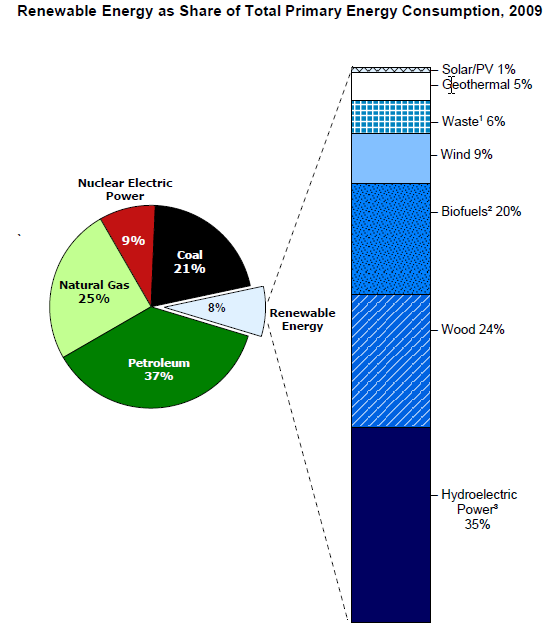
Renewable sources contribution to Electricity Portfolio:
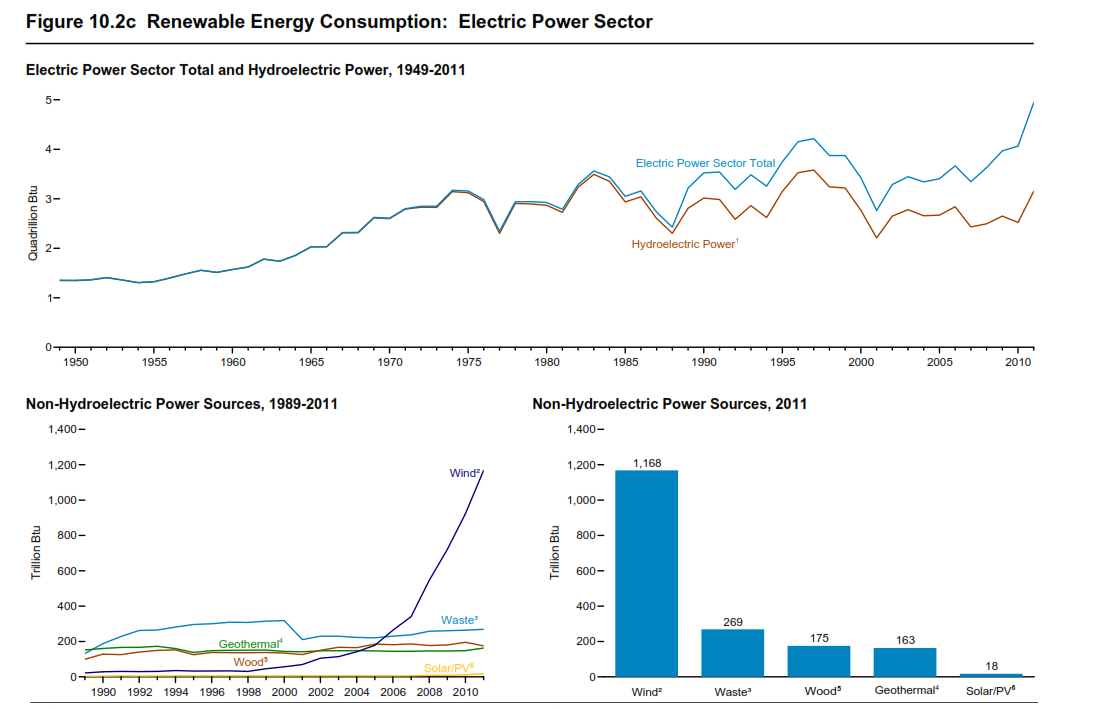
Things to note:
Carbon Footprint Trajectory:
From a 2006 Speech:Maximizing Energy Efficiency and Renewable Energy is the domestic epicenter in the War on Terror and it is imperative that we maximize the partnerships between the public and private sectors in new and creative ways with a sense of seriousness, national purpose and the urgency the situation merits." So why do we remain asleep? We have clearly pushed ourself into a corner due to a 50 year energy policy of building "more of the same". China is definitely on the more of the same pathway, but at an alarming rate:
And remember, 2003 is the year that China emerges:
In addition, the US should invest heavily in Carbon Capture and Storage technology and then giving it to China for Free.
China numbers (Hard to verify):
Other things to note:
Transportation
Renewables 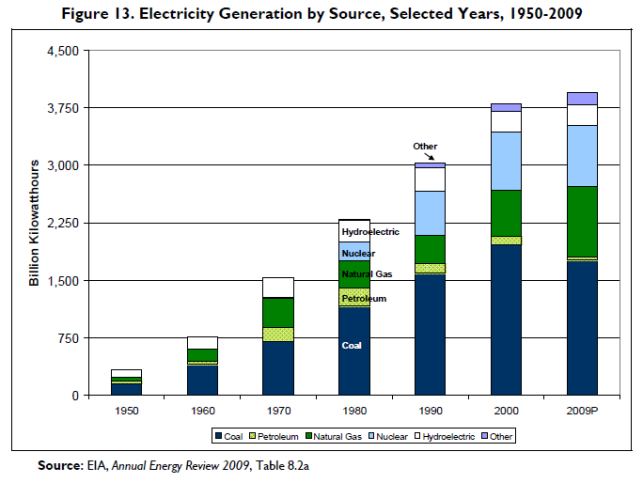 And in the 1990's virtually no large scale renewable energy generation projects were done:
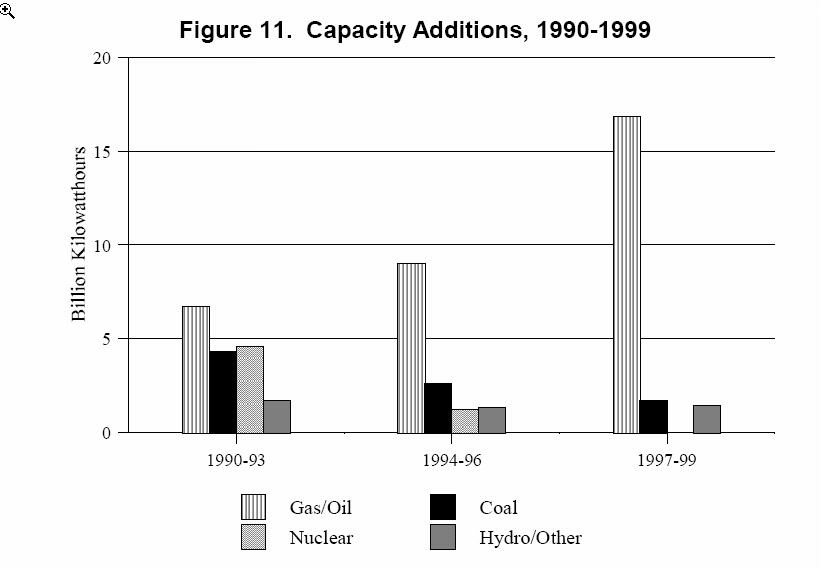
Virtually all new power plants that have been brought online since 2000 have been NG fired.
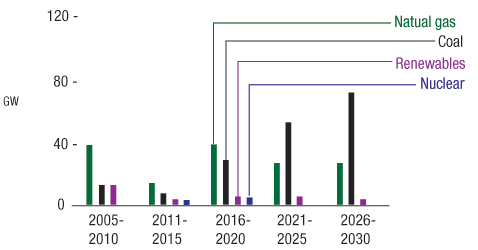
Investing in both of the above removes dollars from building truly renewable energy infrastructure.
|